Urban Tree Preservation: St. Paul’s Bold Plan to Protect and Replace City Trees During Construction Projects
“St. Paul’s proposed ordinance aims to protect and replace trees in 100% of public parklands and city rights-of-way during construction projects.”
In the heart of Minnesota, the city of St. Paul is taking a bold step towards urban tree preservation, setting an example for cities across the nation. We’re witnessing a groundbreaking initiative that aims to safeguard the city’s green canopy while balancing the demands of urban development. This innovative approach not only addresses the critical role of trees in mitigating urban heat and improving air quality but also sets a new standard for how cities can manage their natural resources during construction projects.
As we delve into this comprehensive plan, we’ll explore the intricacies of St. Paul’s proposed tree protection ordinance, its potential impacts, and the challenges it faces. From the bustling streets of downtown St. Paul to the historic Summit Avenue, this initiative touches every corner of the city, promising to reshape the urban landscape for generations to come.
The Genesis of St. Paul’s Tree Preservation Plan
The St. Paul City Council’s consideration of a new ordinance aimed at tree preservation during city-sponsored construction projects comes as a response to growing community concerns. With infrastructure upgrades on the horizon, residents have voiced their apprehension about the potential loss of trees that have long been a defining feature of St. Paul’s neighborhoods.
Council Members Rebecca Noecker and Nelsie Yang have championed this cause, proposing an ordinance that mandates a one-to-one replacement for any trees removed during city projects. This forward-thinking policy not only aims to maintain the current tree population but also creates a structured approach to urban forestry management.

The ordinance’s focus on public parklands and city rights-of-way is particularly noteworthy. These areas are often the most vulnerable during construction activities, and by prioritizing their protection, St. Paul is taking a stand for the preservation of its urban ecosystem.
Key Components of the Tree Preservation Ordinance
- One-to-One Replacement: For every tree removed, another must be planted.
- Tree Replacement Fund: If on-site replacement isn’t feasible, contributions to a fund for future tree planting are required.
- Focus on Public Spaces: Emphasis on preserving trees in parklands and rights-of-way.
- Root and Soil Protection: Measures to safeguard tree roots and soil during construction.
- Flexibility in Implementation: Allowances for city officials to determine feasibility of preservation efforts.
These components work together to create a comprehensive approach to urban tree preservation, addressing not only the immediate concerns of tree removal but also the long-term sustainability of St. Paul’s urban forest.
The Importance of Urban Trees: More Than Just Aesthetics
Urban trees are not merely decorative elements in our cities; they play a crucial role in maintaining a healthy urban environment. St. Paul’s Climate Action & Resilience Plan underscores the significance of a robust tree canopy in combating urban heat islands and improving air quality.
“Urban trees can reduce air temperatures by up to 8°F (4.5°C) and decrease energy costs for cooling by 30%.”
This striking statistic highlights the tangible benefits that trees bring to our urban spaces. Beyond temperature regulation, trees contribute to:
- Improved air quality by filtering pollutants
- Enhanced biodiversity, supporting urban wildlife
- Stormwater management, reducing runoff and erosion
- Increased property values and aesthetic appeal
- Mental health benefits for residents
By recognizing these multifaceted benefits, St. Paul’s ordinance goes beyond simple tree counting and replacement. It’s an investment in the city’s future, ensuring that the environmental, economic, and social benefits of trees continue to enrich the lives of residents for years to come.
Challenges and Criticisms: Balancing Preservation and Progress
While the proposed ordinance has garnered significant support, it’s not without its critics. Some concerns raised include:
- Potential for self-policing by city officials
- Lack of independent oversight in preservation efforts
- Possible conflicts with the Minnesota Environmental Rights Act
- Questions about the enforcement mechanisms
These criticisms highlight the complex nature of implementing such a wide-reaching policy. Balancing the need for urban development with environmental conservation is no small task, and St. Paul’s approach will likely serve as a case study for other cities grappling with similar challenges.
As we consider these challenges, it’s worth noting that innovative technologies like those offered by Farmonaut could play a role in monitoring and managing urban tree populations. While Farmonaut’s primary focus is on agricultural applications, the principles of satellite-based monitoring and AI-driven insights could potentially be adapted for urban forestry management.
Comparative Analysis: St. Paul’s Approach vs. Neighboring Cities
To better understand the significance of St. Paul’s proposed ordinance, let’s compare it to the approaches taken by neighboring cities:
| City | Tree Preservation Ordinance | Protected Tree Types | Minimum Tree Diameter for Protection | Replacement Ratio | Penalties for Violations | Enforcement Mechanisms |
|---|---|---|---|---|---|---|
| St. Paul (Proposed) | Yes | All public trees | Not specified | 1:1 | To be determined | City official oversight |
| Minneapolis | Yes | Heritage trees, significant trees | 10 inches | Varies by tree size | Fines up to $1000 | Permit system, inspections |
| Roseville | Yes | Significant trees, heritage trees | 6 inches | Based on tree type | Replacement requirements | Tree preservation plans |
| Edina | Yes | All trees on public and private property | 8 inches | 2:1 for significant trees | Fines and replanting | Permit system, site inspections |
This comparison reveals that while St. Paul’s proposed ordinance is ambitious in its scope, focusing on all public trees, it may benefit from more specific guidelines on tree size and type, as seen in other cities. The one-to-one replacement ratio is a strong starting point, but the city could consider a more nuanced approach based on tree significance, as implemented in Roseville and Edina.
The Role of Technology in Urban Tree Management
As cities like St. Paul adopt more comprehensive tree preservation policies, the role of technology in managing urban forests becomes increasingly important. Advanced tools and platforms can significantly enhance the efficiency and effectiveness of tree preservation efforts.
For instance, satellite-based monitoring systems, similar to those used in agricultural applications, could be adapted for urban settings. These technologies offer real-time data on tree health, canopy coverage, and potential threats to tree populations. While not directly applicable to urban forestry, the principles behind platforms like Farmonaut demonstrate the potential for technology to revolutionize how we manage our natural resources.
Some potential applications of technology in urban tree management include:
- Automated tree counting and species identification
- Real-time monitoring of tree health and stress levels
- Predictive modeling for tree growth and maintenance needs
- Integration with city planning tools for smarter urban development
By leveraging these technological advancements, cities like St. Paul can not only better enforce their tree preservation ordinances but also make more informed decisions about urban forest management in the long term.
Community Engagement and Public Input
The success of any urban tree preservation plan hinges on community support and involvement. St. Paul’s approach to developing this ordinance has included significant public input, demonstrating the city’s commitment to collaborative policymaking.
Key aspects of community engagement in this process include:
- Public hearings to gather resident feedback
- Collaboration with local environmental organizations
- Consideration of concerns raised by groups like Save Our Street (SOS)
- Ongoing dialogue between city officials and community members
This level of community involvement not only ensures that the ordinance reflects the values and priorities of St. Paul residents but also builds a sense of shared responsibility for the city’s urban forest.
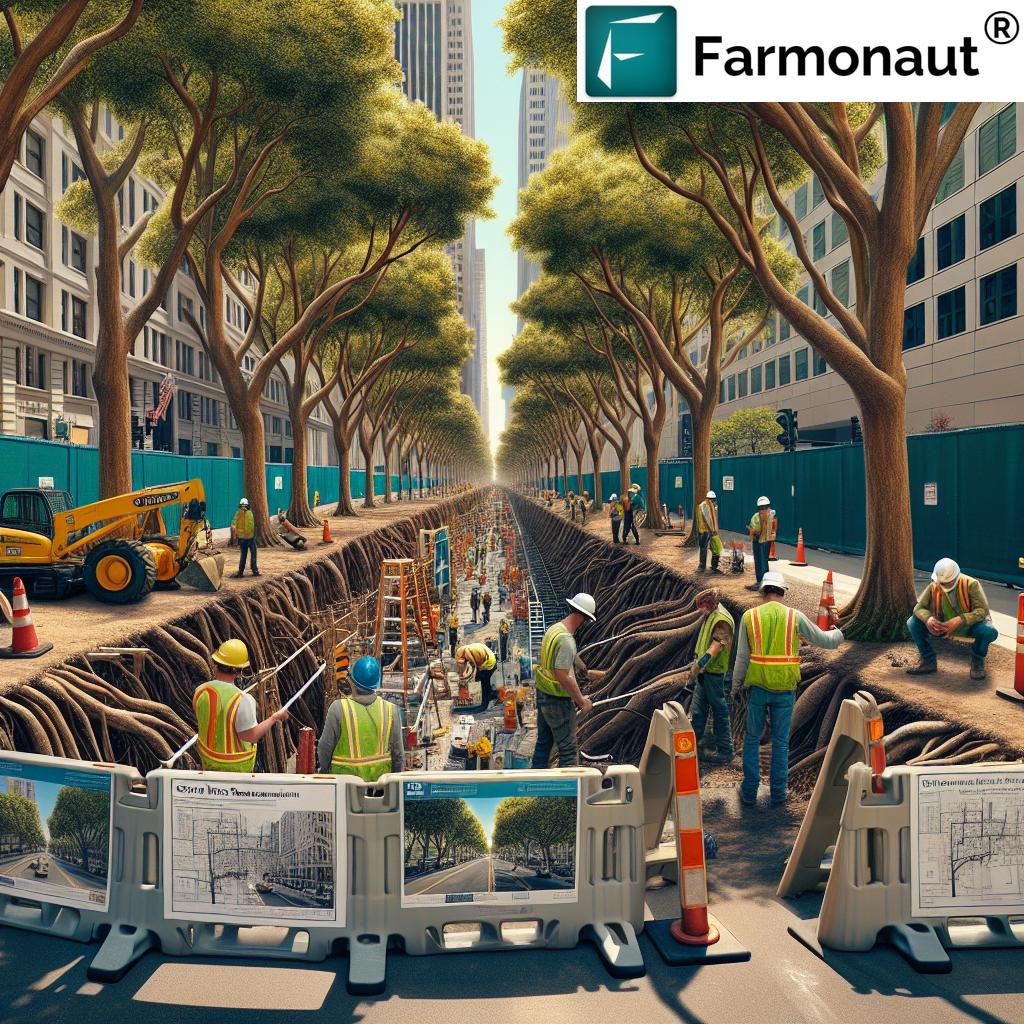
Economic Implications of Urban Tree Preservation
While the environmental benefits of urban trees are well-documented, the economic implications of tree preservation policies are equally significant. St. Paul’s proposed ordinance has the potential to impact various sectors of the local economy:
- Property Values: Studies have shown that neighborhoods with mature trees and ample green space often have higher property values.
- Energy Savings: By reducing urban heat island effects, trees can lead to significant energy savings for both residents and businesses.
- Tourism: Well-maintained urban forests can enhance a city’s appeal to visitors, potentially boosting tourism revenue.
- Construction Costs: While tree preservation measures may initially increase project costs, they can lead to long-term savings through reduced energy consumption and improved infrastructure longevity.
By considering these economic factors, St. Paul’s policymakers can make a strong case for the long-term financial benefits of urban tree preservation, alongside the environmental and social advantages.
Looking Ahead: The Future of Urban Forestry in St. Paul
As St. Paul moves forward with its ambitious tree preservation plan, the city is poised to become a leader in urban forestry management. The proposed ordinance, if implemented effectively, could serve as a model for other cities facing similar challenges in balancing urban development with environmental conservation.
Key areas to watch as the plan unfolds include:
- Development of specific implementation guidelines and enforcement mechanisms
- Integration of technology for more efficient tree management and monitoring
- Ongoing community engagement and education initiatives
- Potential expansion of the ordinance to include private property in the future
- Collaboration with neighboring cities for a more cohesive regional approach to urban forestry
As we consider the future of urban forestry in St. Paul and beyond, it’s worth noting the potential for innovative technologies to play a role. While platforms like Farmonaut are primarily focused on agricultural applications, the principles of satellite-based monitoring and AI-driven insights could potentially be adapted for urban tree management. This intersection of technology and urban planning represents an exciting frontier in the field of urban forestry.
Conclusion: A Green Legacy for St. Paul
St. Paul’s proposed tree preservation ordinance represents a significant step towards creating a more sustainable, livable city. By prioritizing the protection and replacement of urban trees, the city is investing in its environmental future, public health, and overall quality of life for its residents.
While challenges remain in the implementation and enforcement of such a comprehensive policy, the potential benefits far outweigh the difficulties. As St. Paul moves forward with this initiative, it sets an example for cities across the nation, demonstrating that urban development and environmental conservation can go hand in hand.
The success of this ordinance will depend on continued collaboration between city officials, community members, and experts in urban forestry. By working together and leveraging innovative approaches, St. Paul can ensure that its urban forest continues to thrive for generations to come, creating a lasting green legacy for the city.
FAQ Section
Q: What is the main goal of St. Paul’s proposed tree preservation ordinance?
A: The main goal is to protect and replace trees in public parklands and city rights-of-way during construction projects, ensuring a one-to-one replacement ratio for any trees removed.
Q: How does this ordinance compare to those in neighboring cities?
A: While similar in its overall goal, St. Paul’s proposed ordinance focuses specifically on public trees and mandates a one-to-one replacement ratio. Other cities like Minneapolis and Roseville have more detailed specifications for tree size and type protection.
Q: What are the potential challenges in implementing this ordinance?
A: Challenges include potential self-policing issues, lack of independent oversight, possible conflicts with state environmental laws, and questions about enforcement mechanisms.
Q: How will this ordinance benefit St. Paul residents?
A: Residents will benefit from improved air quality, reduced urban heat, enhanced property values, and the numerous environmental and health benefits associated with a robust urban forest.
Q: Will this ordinance affect private property owners?
A: Currently, the proposed ordinance focuses on public lands and rights-of-way. It does not directly affect trees on private property, though this could potentially change in future iterations of the policy.
As we conclude our exploration of St. Paul’s bold urban tree preservation plan, it’s clear that the city is taking a significant step towards a greener, more sustainable future. While the challenges are real, the potential benefits for the environment, public health, and community well-being are substantial. By prioritizing its urban forest, St. Paul is not just preserving trees; it’s investing in the quality of life for all its residents.
For those interested in learning more about innovative approaches to environmental monitoring and management, albeit in an agricultural context, consider exploring the solutions offered by Farmonaut. While their focus is on farming, the principles of satellite-based monitoring and data-driven decision-making could offer interesting insights for urban planners and environmental advocates alike.
For those interested in the technical aspects of satellite-based monitoring, you might find Farmonaut’s API and API Developer Docs informative, even if their primary application is in agriculture rather than urban forestry.
Earn With Farmonaut: Affiliate Program
Earn 20% recurring commission with Farmonaut’s affiliate program by sharing your promo code and helping farmers save 10%. Onboard 10 Elite farmers monthly to earn a minimum of $148,000 annually—start now and grow your income!





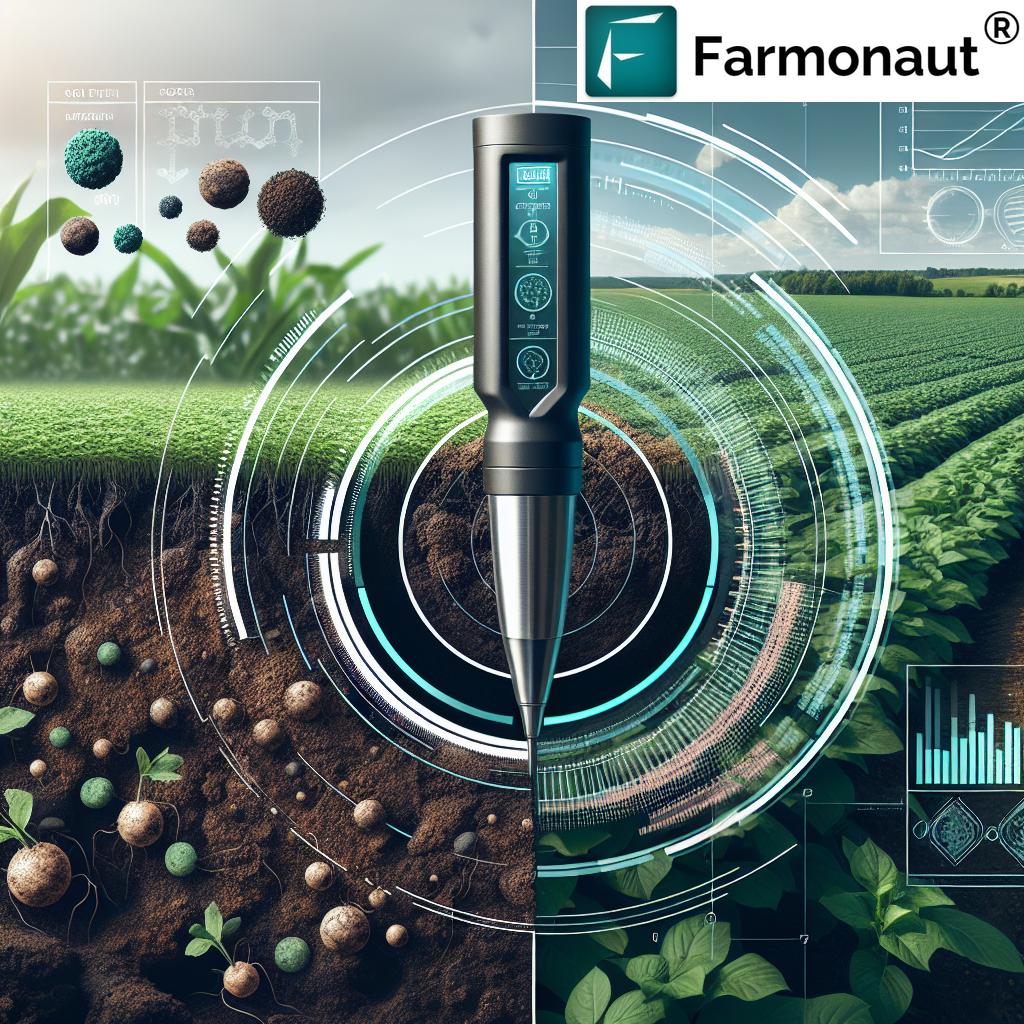
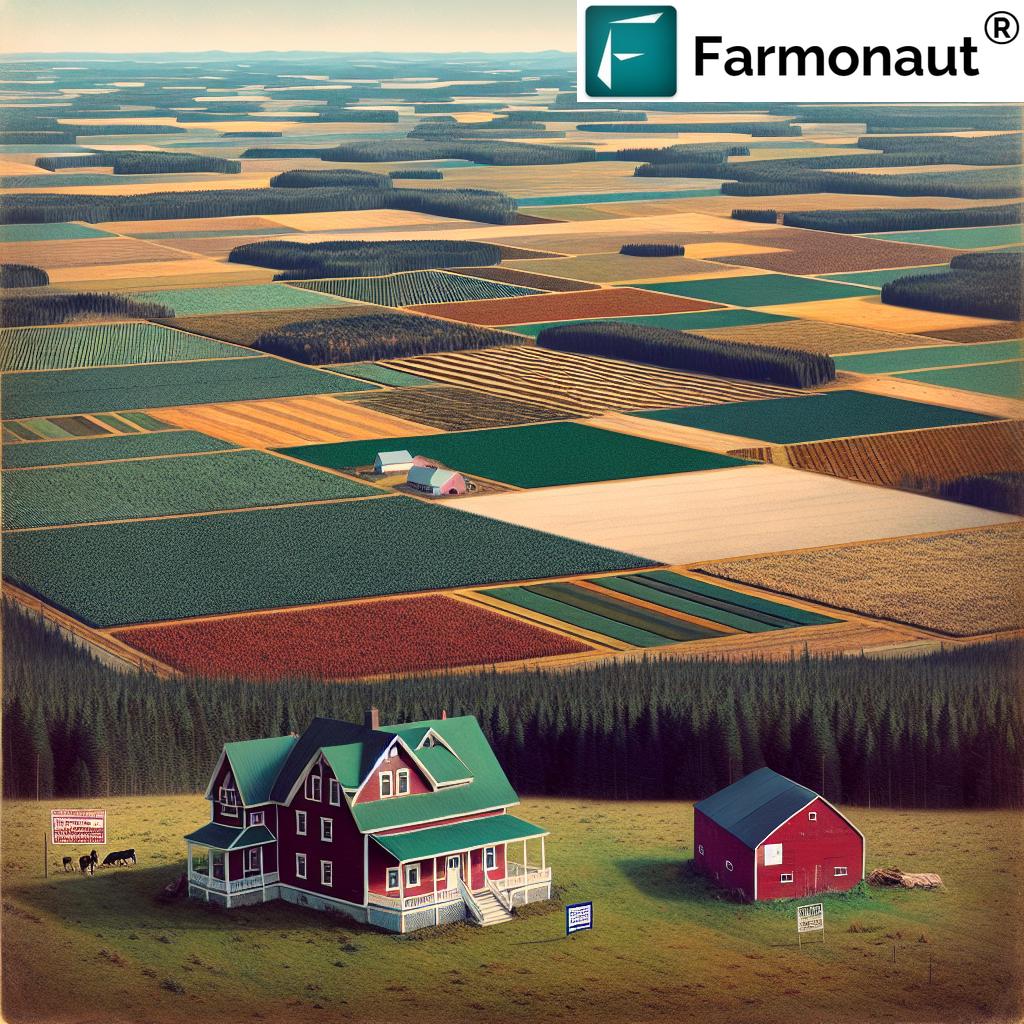
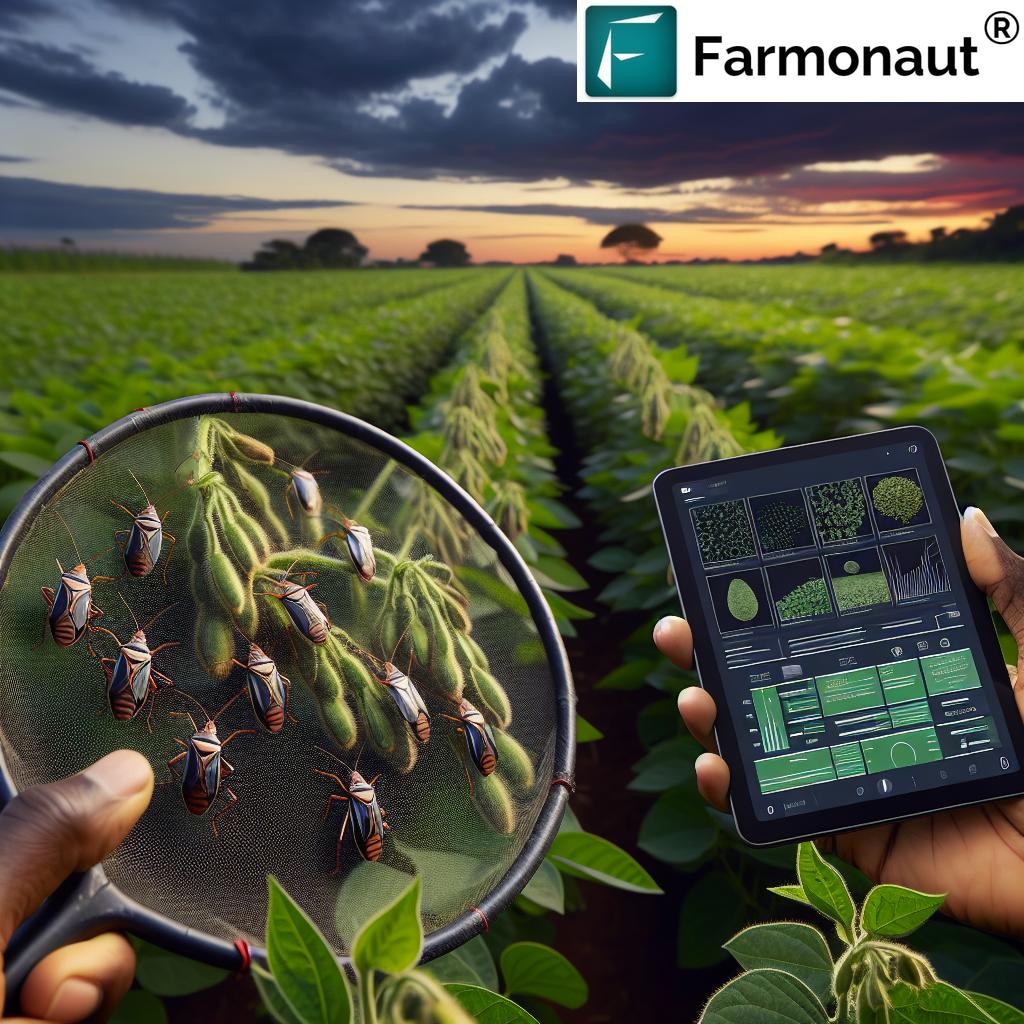
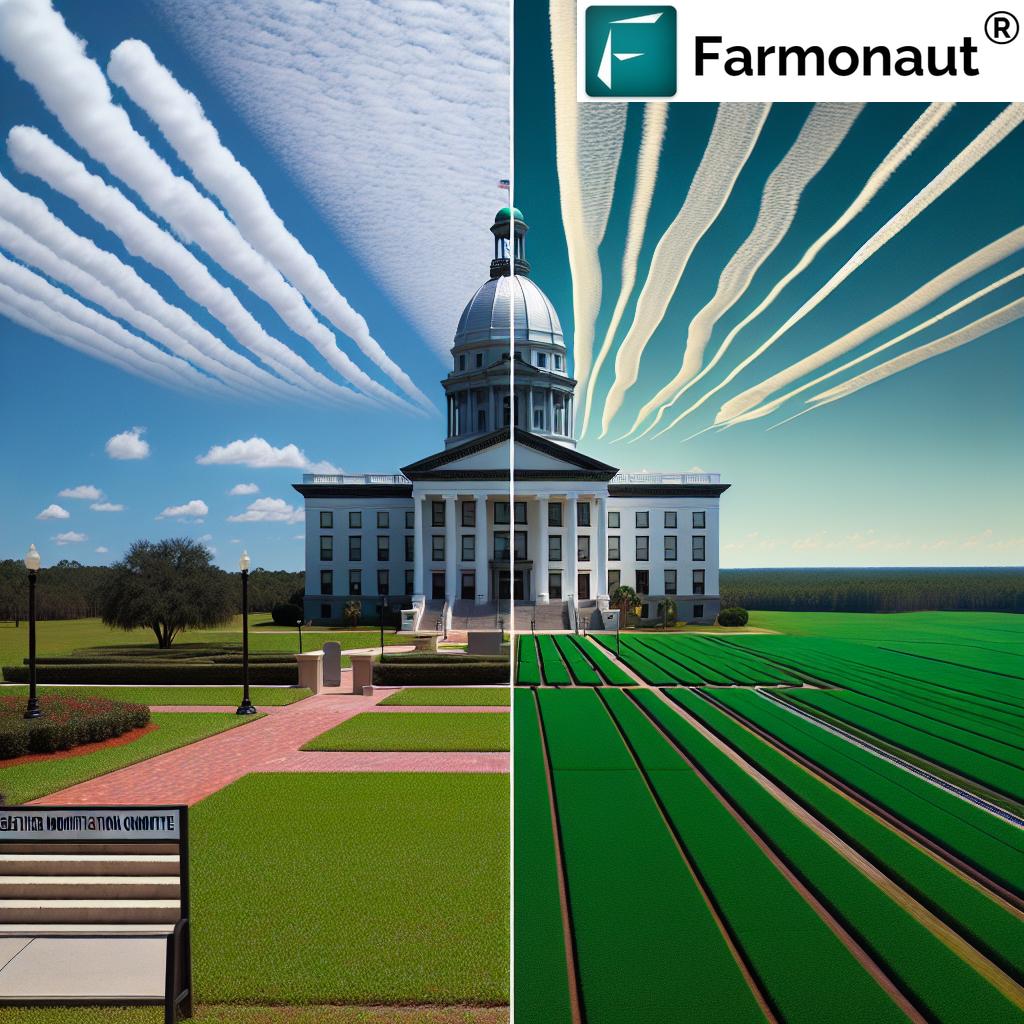
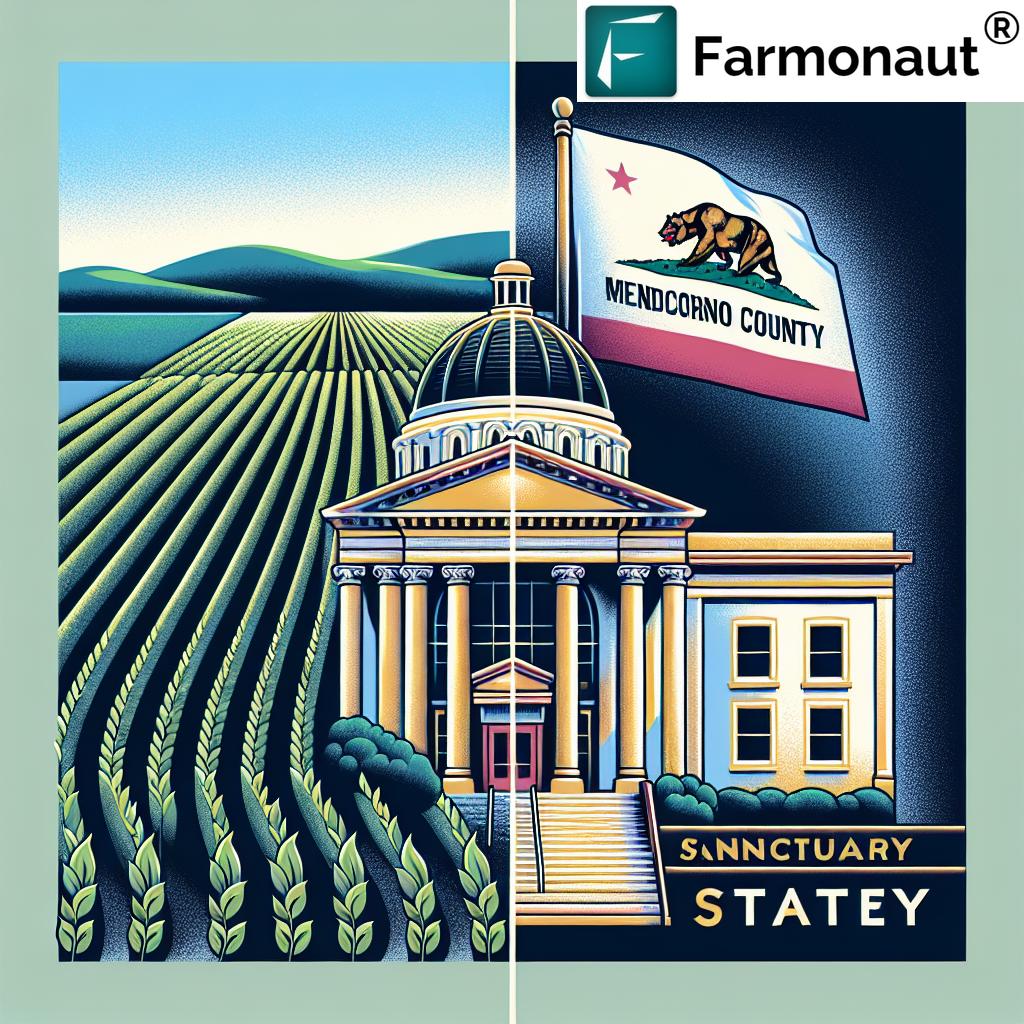

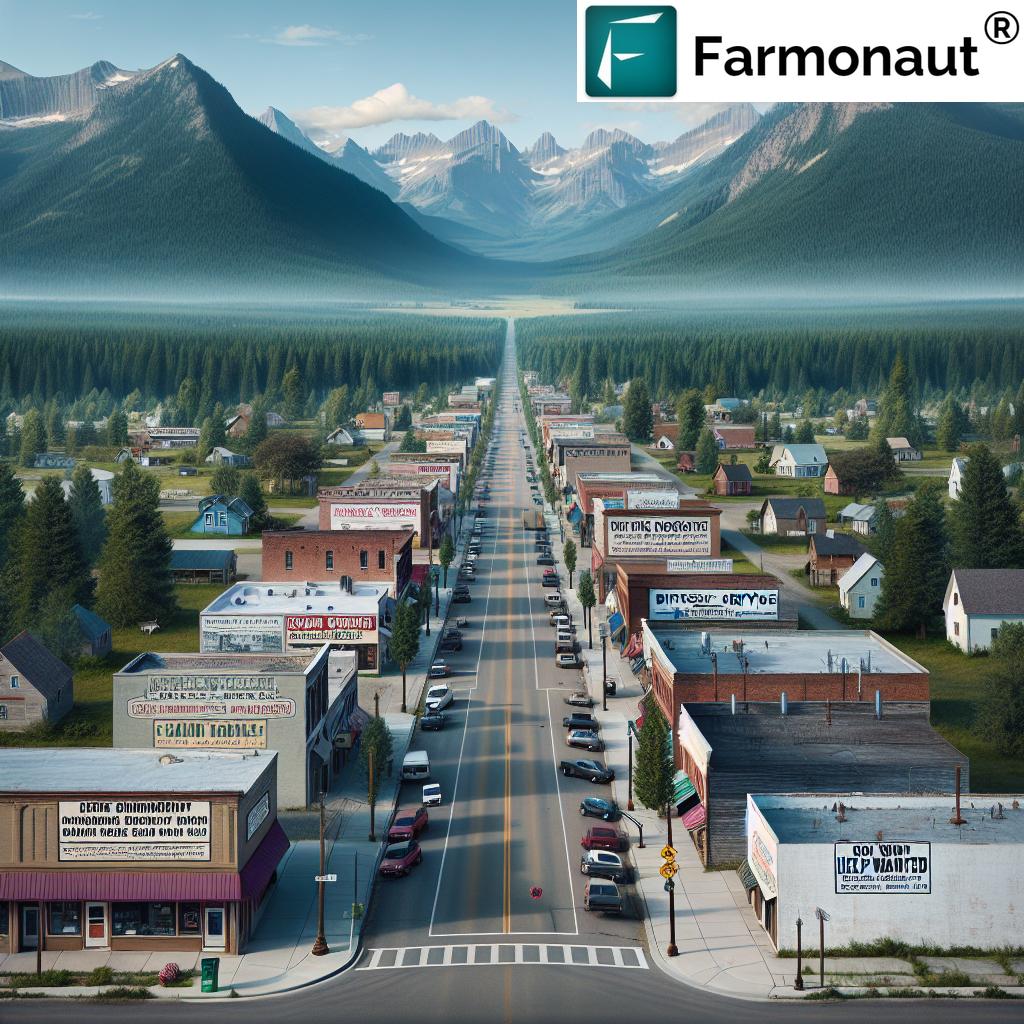
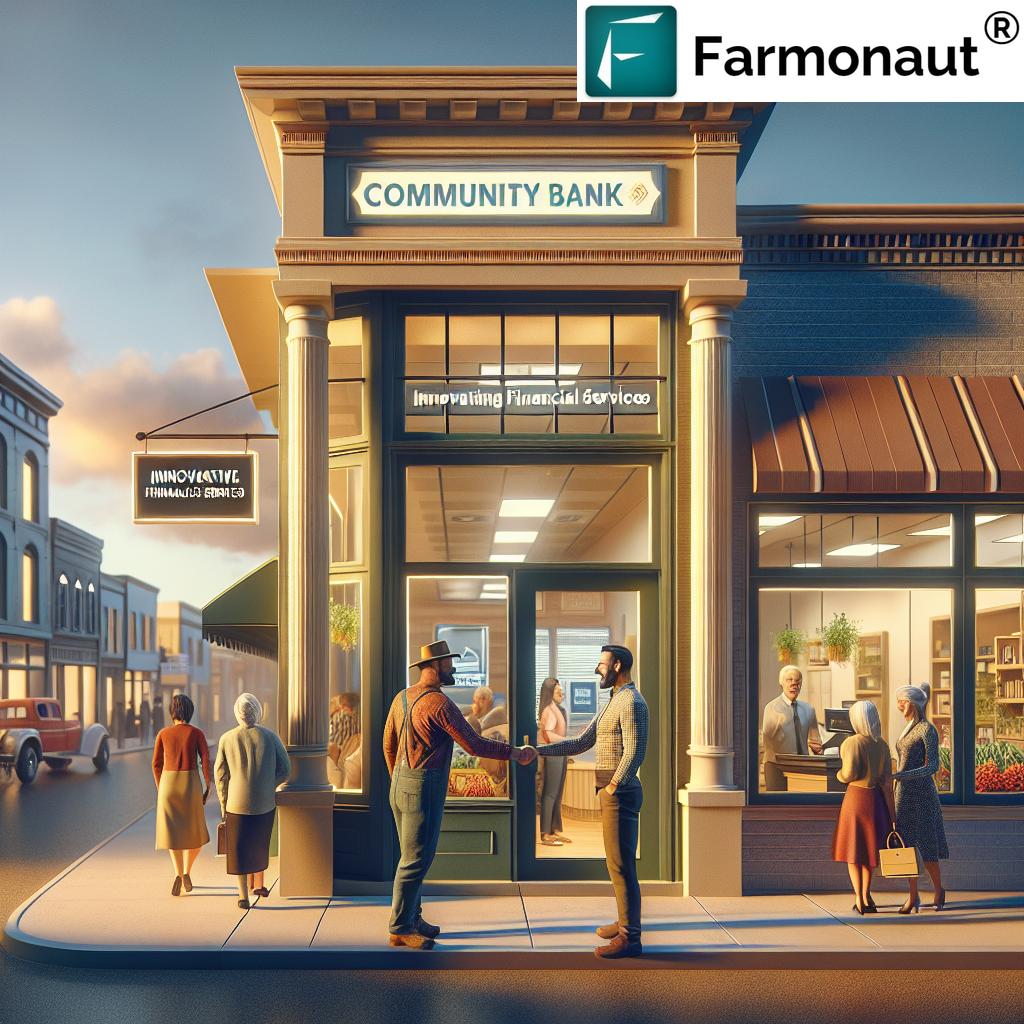




Thank you for writing this thoughtful and comprehensive article on the tree preservation issue.
Carolyn Will